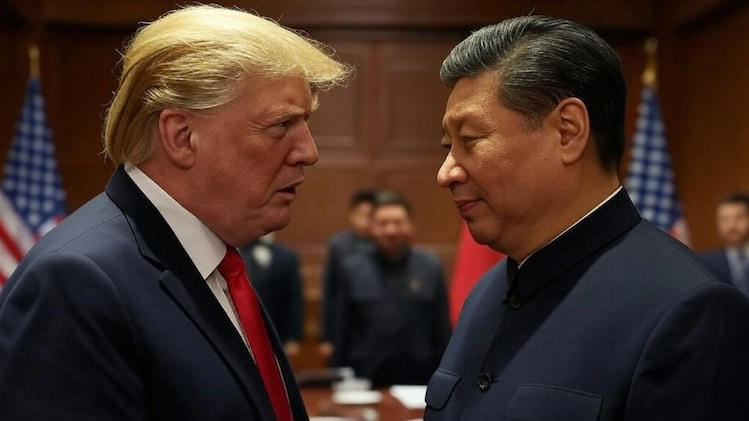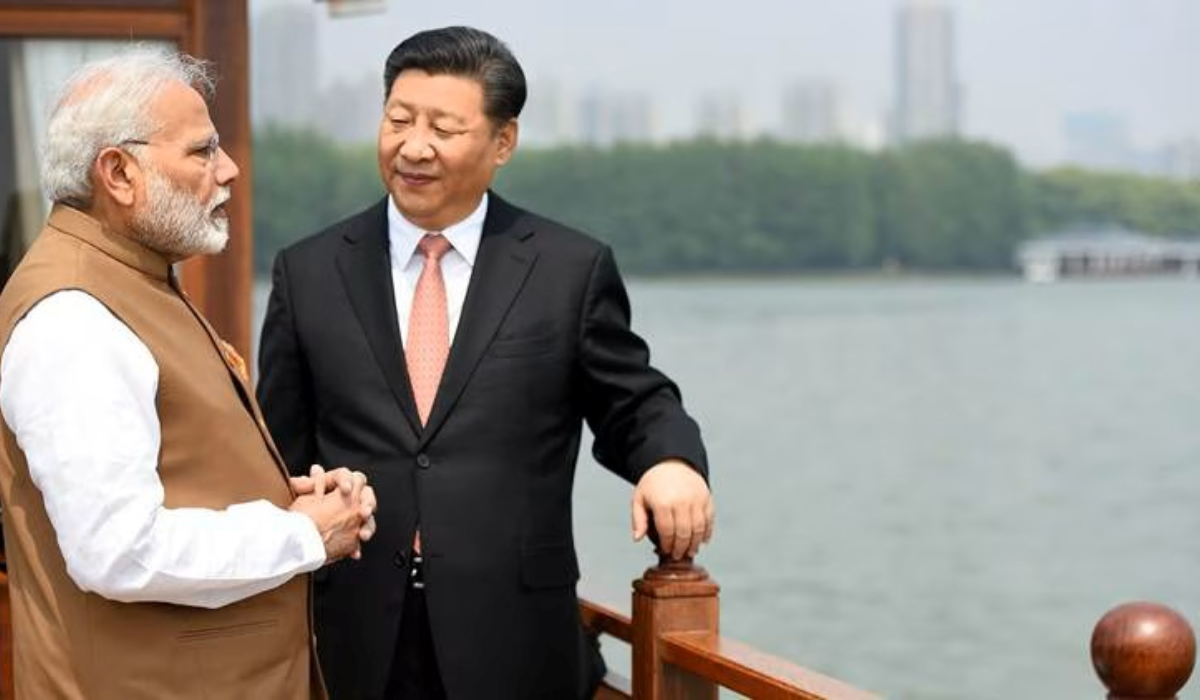China has announced new and expanded export controls on rare earth materials and technologies, a move that could significantly impact global supply chains, especially in defence, semiconductors, and green energy sectors.
Rare earth elements (REEs) are critical for :
- High-performance magnets (used in fighter jets, missiles, EVs, wind turbines)
- Semiconductor manufacturing (polishing powders, specialty alloys)
- Clean energy technologies (batteries, turbines)
China currently dominates 60-70% of rare earth mining and over 85% of global processing and refining capacity, giving it immense strategic Ieverage.
Immediate Market and Industry Impact
- Global Shockwaves: Stoke prices of rare-earth firms surged amid fears of supply disruption.
- Non-Chinese Winners: Firms like Lynas (Australia) gained after signing U.S. supply deals to reduce dependency on China.
- Supply Chain Disruptions: Firms dependent on Chinese magnets, alloys, or processing will face higher costs and longer delays.
- Semiconductor Industry Risks: Chip fabrication may suffer due to restricted access to polishing materials and specialty magnet equipment.
- EV & Clean Energy Sectors: Production costs for motors and turbines likely to rise.
Key Features of China’s New Export Controls
- Expanded Licensing Requirements :- Export Licences now mandatory for a broaders set of earth materials, including ores, refined products, processing technologies, magnet components, and recycling equipment.
- No Defence-Related Exports :- Licences will not be granted to overseas defence end-user, effectively cutting supply to foreign military industries.
- Semiconductors Under Scrutiny :- Semiconductor-linked exports will ne handled case-by-case, with no automatic approval.
- Foreign Collabrotion Restrictions :- Chinese firms must obtain prior government approval before collaborating with foreign entities on rare earth research or trade.
- Trade-Content Rule Introduced :- Even goods containing trace amounts of Chinese-origin rare earths-or manufactured using Chinese technology-fall under export scrutiny.
- Control Expansion Beyond Raw Materials :- Now includes processing machinery, magnet alloys, recycling tech, and semi-finished products.
- Legal Basis :- Based on China’s Export Control Law and MOFCOM Annoincement No. 18 (April 2025); October rules expand its scope.
- Implementation Timeline :-Effective immediately for many items; full regulatory enforcement from December 1, 2025.
Country-Specific Implication
United States & Allies
- Increased vulnerability in defence and green-tech sectors,
- Acceleration of domestic mining, refining, and recycling projects.
- U.S. firms expected to seek partnerships with Australia, Canada and Africa.
India
- India imports many intermediate REE products from China.
- Reports suggest Beijing has sought assurances that won’t divert Chinese-sourced REEs to the U.S.
- Could push India to expand domestic explpration (e.g., monazite sands in Kerala, Odisha).
- Opportunity for India to position itself as a processing hub and alternative supplier.
Europe & Japan
- Increased focus on circular economy and recycling.
- EU’s “Critical Raw Materials Acts” will gain urgency.
- Japan may revive earlier joint ventures with Vietnam and Australia.






